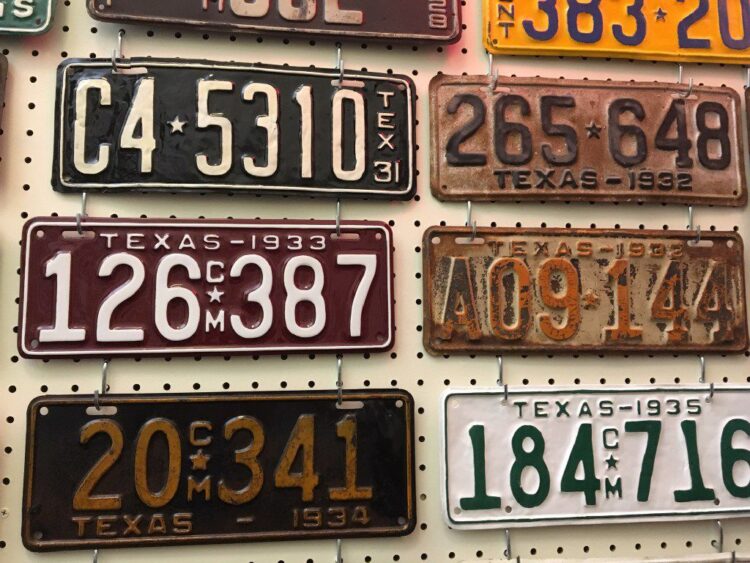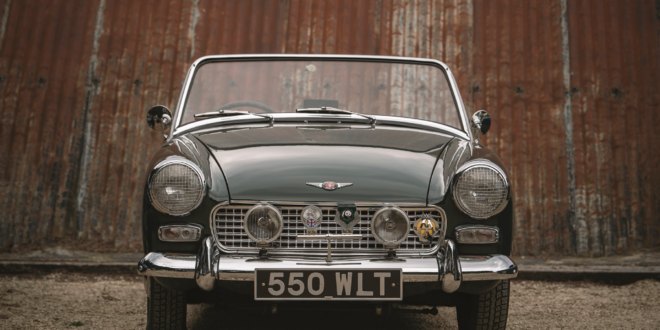The Motor Car Act of 1903 introduced the number plate with which we are so familiar today into the early British motoring scene. Here are some interesting facts by ShowPlatesDirect about the humble number plate and its development throughout the decades.

- Number plates were introduced to identify the owner of the vehicle rather unsurprisingly and also to personalize the car. This could be easily done as there were so few vehicles in those early days. They were largely the domain of the rich aristocracy who wanted to show off and personalize their new toys
- The very first number plate was from London and was ‘A1’
- Even from the outset, the allocation of the earliest two numbers and letters was not random and the letter indicated a geographical area
- As the registration of cars increased, 26 letters were not enough to represent the English counties so the letters were doubled to keep pace with the growing number of cars
- In 1932 the system of number plate registration underwent a radical change because the growing numbers of motor vehicles meant there were simply not enough numbers and letters to go round. Number plates were then given three letters and anything up to three numbers
- It happened all over again after the Second World War once Britain got back on its feet and fuel came off the ration. Registrations were then reversed so the numbers came before the letters
- At this point, it was realized that number plates could create actual words because they now had enough letters on them. The government of the day banned certain combinations including, ‘BUM’, ‘SEX’, ‘SOD’ and ‘JEW’!
- In 1973, all new cars were required to have reflective number plates, black letters on a white plate at the front and black letters on a yellow plate at the rear
- In the final decade of the last century, personalized number plates become the ‘must-have’ car accessory. Using a mix of letters and numbers, people can create their own plates. If the word is universal and highly recognizable and desirable, these plates can change hands for huge sums of money

What is a Q plate?
‘Q’ was one letter of the alphabet which was passed over for standard registrations alongside ‘I’ and ‘Z’ as they can be difficult to read so, therefore, have not routinely been used as location identifiers.
Q was going begging and the letter has now been used to denote a car that has some unknown aspects to its history. This is old news as ‘Q’ has been used to denote this since the 1930s. Some people think it stands for ‘questionable’ or ‘query’ but the reality is, it was just a spare letter that the government could use for a unique situation.
Number plates should tell people about the derivation and geographical origin of a car. Q is used when some of this information is absent. This might include the age or identity of the vehicle. Cars that would fall into this category include self-build kit cars, cars that have undergone extensive modification or alteration and former MOD vehicles whose history cannot be documented as it is classified.
 Hi Boox Popular Magazine 2024
Hi Boox Popular Magazine 2024



